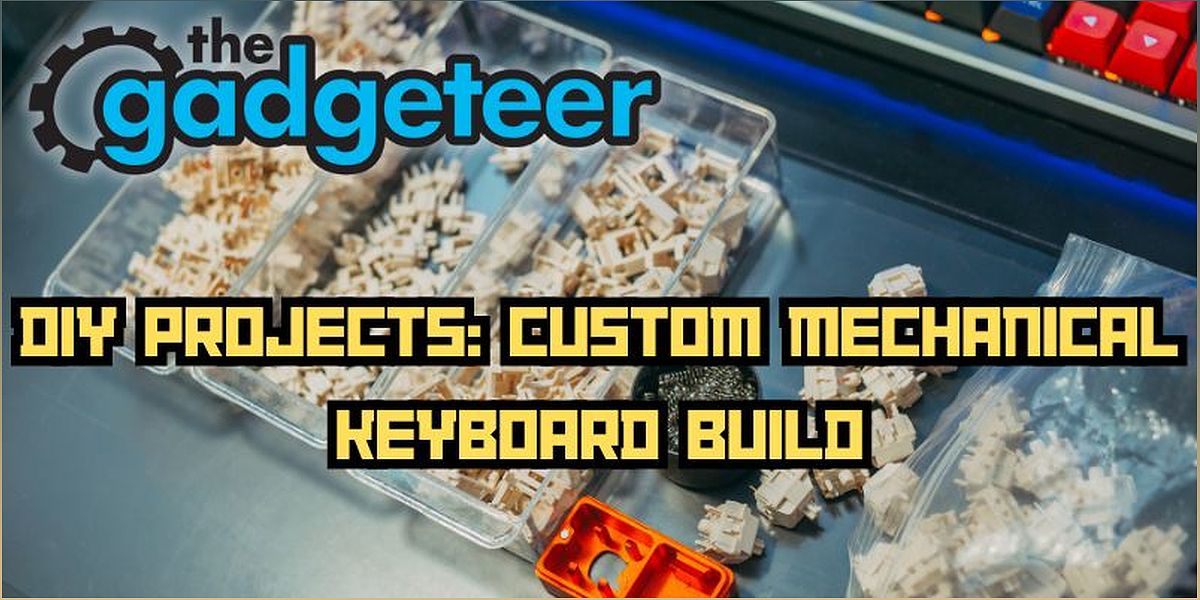Welcome to the world of custom keyboards! Join me, content writer Emily Robbins, as I dive into the exciting journey of building a keyboard that ticks all the boxes for the ultimate typing experience. In this article, I'll share my requirements, the hunt for the perfect components, and the anticipation of creating a keyboard that truly reflects my personal style and typing preferences. Get ready to explore the realm of tactile switches, noise dampening, and the joy of a well-crafted keyboard. Let's begin!
Defining the Perfect Keyboard
Understanding the key requirements for an ideal custom keyboard
Before embarking on the journey of building a custom keyboard, it's crucial to define the key requirements that will make it truly perfect. For me, tactile switches, a monolithic metal case, noise dampening, and a high-quality PCB are essential elements. Let's dive deeper into each of these requirements and why they matter.
Choosing the Right Switches
Exploring the world of tactile switches and finding the perfect fit
When it comes to the typing experience, tactile switches offer a unique sensation that many enthusiasts crave. As a heavy-handed typist, I prefer switches with a higher actuation pressure to prevent accidental keystrokes. In my search for the perfect switches, I came across the Holy Panda switches and the Azure Dragon switches. Let's explore the pros and cons of each and how they can elevate the typing experience.
Crafting the Ideal Case
Finding the right balance between aesthetics and functionality
The case of a custom keyboard not only adds to its visual appeal but also plays a crucial role in its functionality. While a monolithic metal case offers a premium and sturdy feel, a plastic case can provide a lightweight option. In my quest for the ideal case, I opted for a compromise by choosing a poly top plate for noise dampening while still maintaining a solid build. Let's explore the importance of case materials and their impact on the overall typing experience.
Ensuring a High-Quality PCB
The importance of a reliable and feature-rich PCB for a custom keyboard
A high-quality PCB is the backbone of any custom keyboard, providing the necessary functionality and compatibility. It should be hot-swappable, QMK and VIA compatible, and offer clear and legible labeling. Additionally, having a PCB made by competent manufacturers ensures a reliable and seamless experience. Join me as we delve into the significance of a well-crafted PCB and its impact on the overall satisfaction of a custom keyboard.
Fine-Tuning with Stabilizers and Knobs
Enhancing the typing experience with high-quality stabilizers and convenient knobs
Stabilizers play a crucial role in ensuring smooth and consistent keypresses. Opting for well-known brands and screw-in stabilizers can greatly enhance the overall typing experience. Additionally, the inclusion of a metal knob for media volume control adds convenience and functionality. Let's explore the world of stabilizers and knobs and how they contribute to the ultimate custom keyboard experience.
Completing the Package
The finishing touches: USB-C cables and keycaps
To complete the custom keyboard, attention must be given to the finer details. A coiled USB-C cable not only adds a touch of style but also ensures a reliable connection. As for keycaps, personal preference plays a significant role. In my case, I opted to use existing keycaps with the XDA profile and PBT material to avoid exceeding my budget. Let's explore the importance of these final touches and how they contribute to the overall satisfaction of a custom keyboard.

